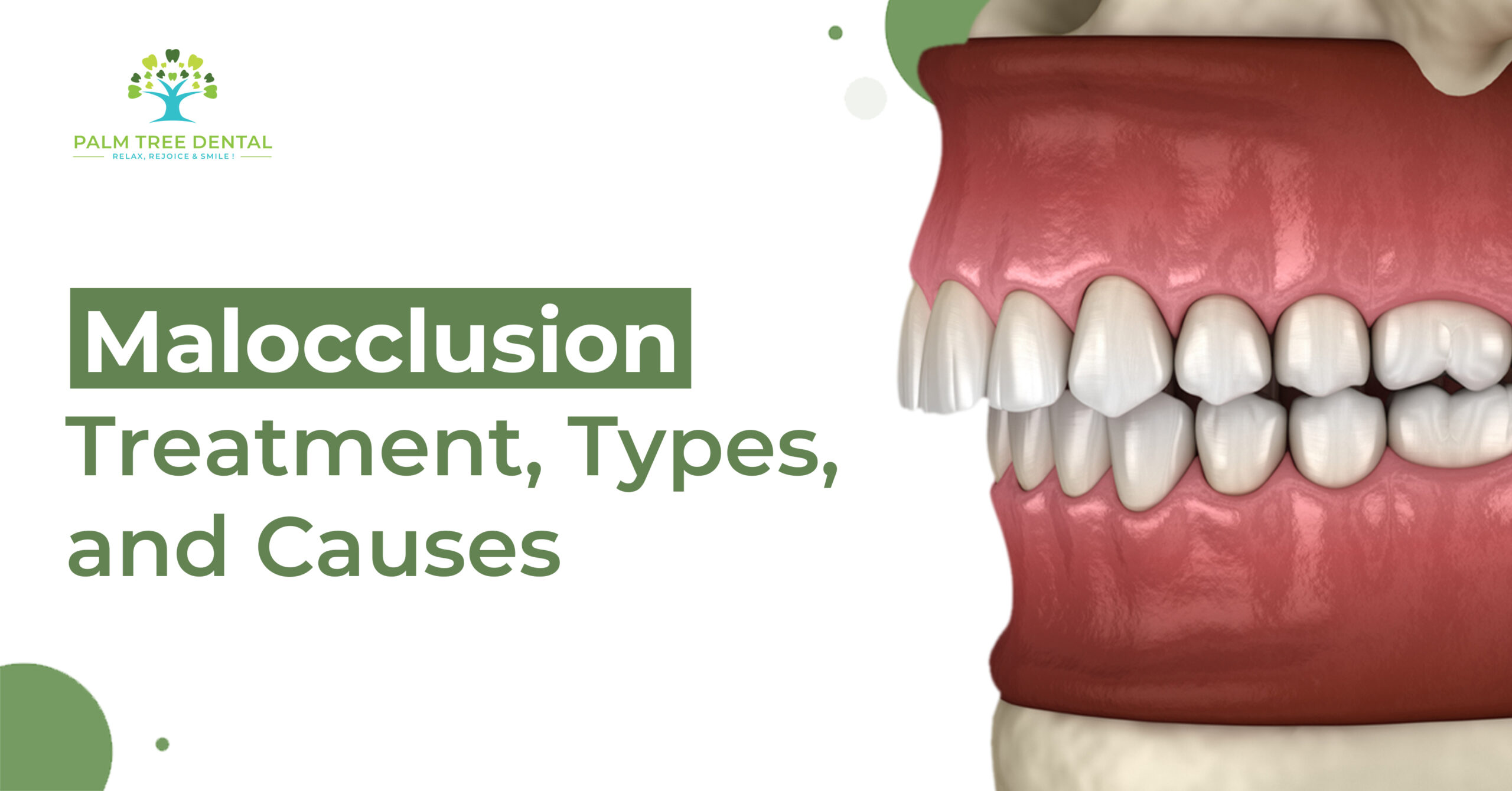Malocclusion is the term used to denote the mismatch of teeth when the jaws are together, causing misalignment of the bite. It is a usual dental problem which may occur among both children and adults. Although certain cases are insignificant and do not impose any discomfort, the others might lead to painful or improper chewing, consequently speaking, or pain in the jaw. Luckily, dental care nowadays has a lot of options to make the malocclusion issue immediately disappear and the oral health to be restored to its original state.
Types of Malocclusion
Malocclusion is categorized into three primary types:
- Class I Malocclusion: Malocclusion is normal, and the bite does not have deviation of the teeth. It is the prevalent one.
- Class II Malocclusion (Overbite): The teeth and upper jaw of the teeth greatly interlock with the teeth and lower jaw of the teeth.
- Class III Malocclusion (Underbite): In this type, the lower jaw is pushed forward, and the lower teeth will overlie the upper teeth.
All the types are different in their levels of severity and need to be diagnosed and treated individually.
Causes of Malocclusion
Malocclusion is caused by a number of factors. The genetics make a significant difference as well, children tend to inherit crooked teeth or the jaw problem of their parents. Causes Thumb sucking past the age of early childhood, continued use of pacifiers or bottles, tongue thrusting, mouth breathing or premature baby teeth loss are among other causes. Natural tooth alignment may also be distorted in the case of trauma or jaw fractures.
Treatment Options
Therapy malocclusion is determined by the type and nature of the malocclusion. Most often, they are treated by means of braces (metal or transparent), retainers, and aligners such as Invisalign.
Modern dental practices as Palm Tree Dental, can provide a full examination and individualized treatment process to cope with malocclusion. The knowledge on types and causes of malocclusion is important in the pursuit of treatment before such cases become worse. With an appropriate intervention, patients are in a position to have better oral functioning, aesthetics, and general well-being.

